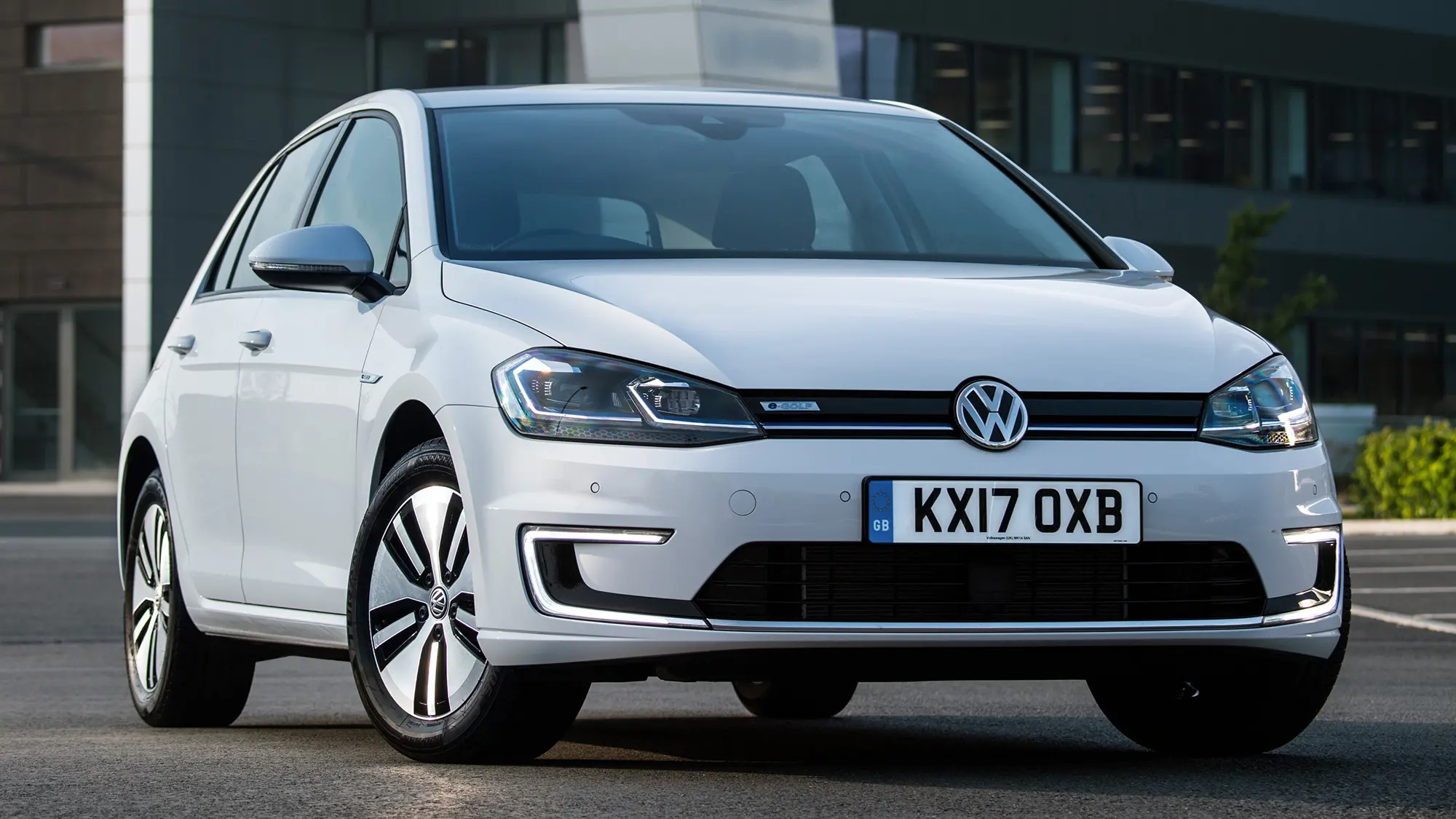Every driver has encountered it at some point—a mysterious rattle echoing from the rear of the car. At first, you brush it off. Maybe it’s a loose water bottle. Maybe it’s something rolling around in the cargo area. But as the odometer creeps past 10,000 miles, the sound becomes more persistent.
And then you realize: it’s not the cargo, it’s the car. For hatchback owners, this is an especially common complaint. The very design of a hatchback—compact, with a large rear hatch, often supported by hard plastic trim and minimal sound insulation—can make it more prone to rattles and creaks as the miles rack up.
Rattles from the rear deck aren’t just an annoyance; they can also be a symptom of minor but progressive build quality concerns. Loose trim panels, aging rubber bushings, worn-out latch mechanisms, or poorly mounted interior components can all lead to those aggravating sounds.
While these noises don’t usually signify a mechanical failure, they can be extremely distracting, especially in cars marketed as refined or youthful.
In this article, we’ll take a close look at ten hatchbacks that have been widely reported by owners to develop rear deck rattles after the 10,000-mile mark. These are not necessarily bad cars—many of them are excellent in terms of fuel economy, reliability, and driving feel.
However, for those sensitive to cabin noise or who value a tightly assembled interior, these vehicles might present a frustrating ownership experience as time goes on. We’re not looking only at the cheapest models, either—rattles don’t discriminate by price. Even some premium compact hatchbacks can fall prey to this issue.
Now, let’s explore the ten hatchbacks that often develop this problem, with a look at what might be causing the noise, how owners typically respond, and whether it’s a minor annoyance or a sign of something bigger.
Also Read: 5 Cars That Are Still Great at 15 Years and 5 That Should Be Gone
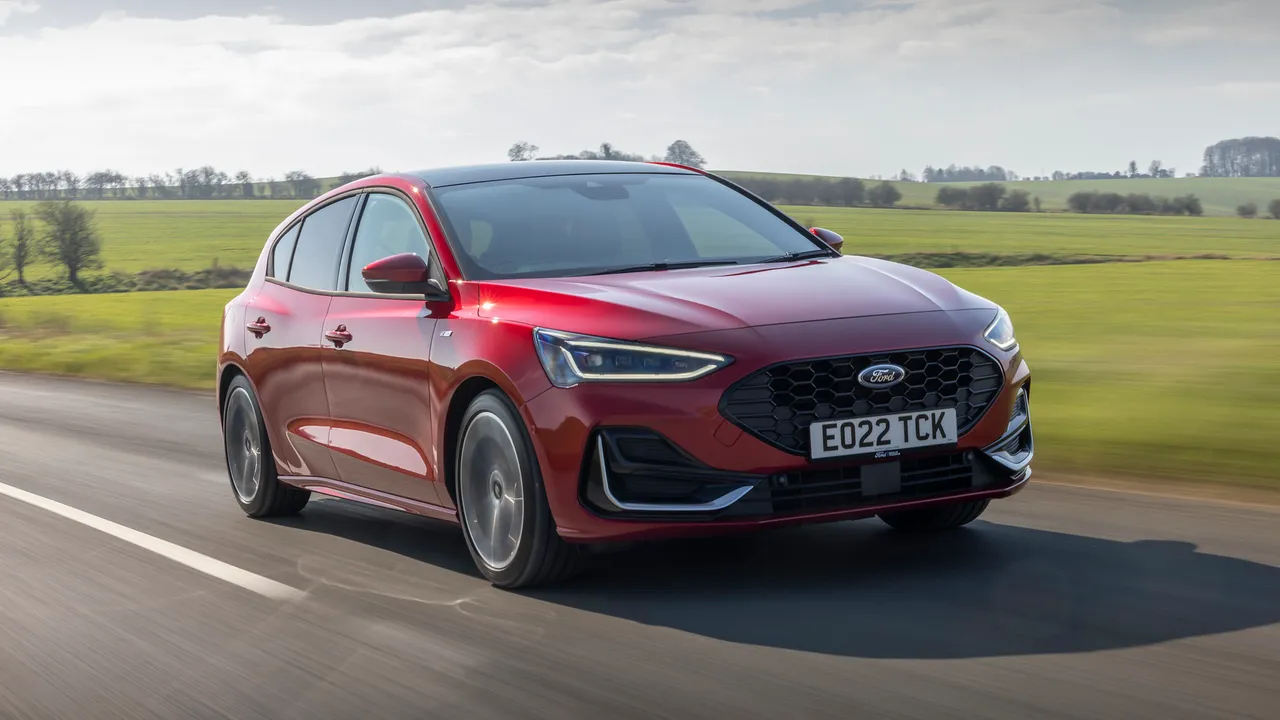
1. Ford Focus Hatchback (2012–2018)
The third-generation Ford Focus hatchback was initially celebrated for bringing a European-inspired driving experience to the American compact market. It handled sharply, offered a sporty yet mature exterior design, and came with a range of engines suited for both economy and performance.
However, over time, many owners began to notice a recurring annoyance: an increasingly prominent rattle or buzzing sound emanating from the rear deck area, typically manifesting just beyond the 10,000-mile mark.
This rattle often emerged gradually, starting as a faint vibration and developing into a full-fledged clatter when traversing rough or uneven terrain. For a car that was otherwise refined and engaging to drive, the intrusion of this noise was jarring.
The primary culprit appears to be the rear parcel shelf and the surrounding plastic trim around the hatch and cargo area. Ford’s design for the hatch included hard plastic side panels, lightweight attachment clips, and relatively thin insulation between the interior and the exterior shell.
Over time, especially with exposure to varying temperatures, these clips can loosen, and the trim can begin to flex or shift slightly, producing audible creaks and ticks.
In colder climates, the issue becomes even more pronounced, as the plastic components contract, leaving more room for movement and unwanted sound. Additionally, the design of the rear seatbacks and latch mechanisms has also been criticized for lacking long-term stability, contributing to a symphony of rear-end noises.
Owners have developed an array of workarounds, ranging from low-tech solutions like placing towels over the shelf or adding felt padding between panels, to more involved fixes such as removing and reinforcing the trim with insulation tape or foam.
Some even go as far as disassembling portions of the rear interior to track down the source, only to find multiple minor causes that combine to create the rattle.
While the Focus still ranks high in terms of driving dynamics and practicality, this persistent rear-deck rattle has become a defining nuisance for long-term owners. For those who value a quiet and cohesive interior experience, the noise becomes a constant reminder of compromises in the vehicle’s interior build quality.

2. Volkswagen Golf (Mk7, 2015–2021)
The seventh-generation Volkswagen Golf has long been held up as a benchmark in the compact hatchback segment, largely due to its solid chassis, refined interior, and upscale driving feel.
However, even this well-regarded model isn’t immune to the dreaded rear-deck rattle that seems to plague so many hatchbacks after about 10,000 miles.
Ironically, the Golf’s generally quiet and well-insulated cabin can actually make any new noise stand out more starkly, and the sound from the rear cargo area becomes difficult to ignore for owners who are accustomed to German engineering standards. For many, this rattle feels like a betrayal of the car’s premium promise.
The problem often arises from the combination of materials used in the rear of the vehicle. VW utilizes high-tension plastic panels for much of the interior cargo area, and while these lend the Golf a clean, durable aesthetic, they are also prone to minor movement as the car ages.
The rear seatbacks, hatch latch mechanism, and cargo floor are all potential contributors. Particularly in the 5-door hatchback variant, owners have noted that the retractable parcel shelf tends to vibrate against its mounting points.
In some cases, the tailgate itself appears to shift slightly under driving stress, creating a faint creaking or popping sound that becomes more pronounced when driving over potholes or uneven pavement.
Volkswagen owners tend to be detail-oriented and vocal about build quality concerns, and forums are filled with discussions about how to quiet the Golf’s cabin.
Common fixes include adding felt tape to contact points, reinforcing plastic components, and tightening seat latches. Some have even gone to dealers with specific instructions, only to be told that the noise is “normal.”
While it rarely impacts the functionality or safety of the vehicle, the rattle undermines one of the Golf’s key selling points: its European refinement. For a car that’s otherwise composed, efficient, and engaging, a persistent rattle can make ownership feel less rewarding, especially as the miles climb and the sound refuses to disappear.

3. Honda Fit (2015–2020)
The third-generation Honda Fit is admired for being one of the most space-efficient and clever subcompact cars ever built. Its “Magic Seat” system allows for a variety of cargo and passenger configurations, and its tall greenhouse makes the interior feel airy and open.
Yet, despite Honda’s reputation for quality and functionality, the Fit is one of the most commonly mentioned hatchbacks in owner reports of rear-deck rattling after crossing the 10,000-mile mark.
These rattles are often subtle at first but quickly escalate with regular driving, particularly in urban areas where potholes and curbs are frequent obstacles.
At the heart of the problem is the lightweight construction Honda employed to maximize fuel economy and efficiency. The thin plastic panels in the rear cargo area, along with minimal insulation under the floor and around the rear hatch, make the Fit vulnerable to noise transfer from vibration.
Rear seatbacks, which are meant to fold easily and often, develop minor play in their hinges and latches over time, which introduces clicking or knocking sounds.
Additionally, the vehicle’s upright, flat-backed design creates a large flat surface at the rear that is more susceptible to panel flexing, especially when driving on rough roads or with a full load in the cargo area.
While the Honda Fit rarely disappoints in terms of mechanical reliability or usability, the rattling issue has become a well-documented blemish on an otherwise excellent design.
Fit owners—who are often practical, DIY-minded drivers—have devised many homemade solutions, including weatherstripping tape, foam padding behind the trim, and even replacing cargo panels with custom-fit alternatives.
These workarounds are often effective, but they highlight a larger concern: that even a brand like Honda, known for tight build quality, is not immune to the long-term effects of cost-saving measures in interior construction. For a car that punches above its weight in so many areas, the cabin noise after just a year or two of use can feel disproportionately disappointing.
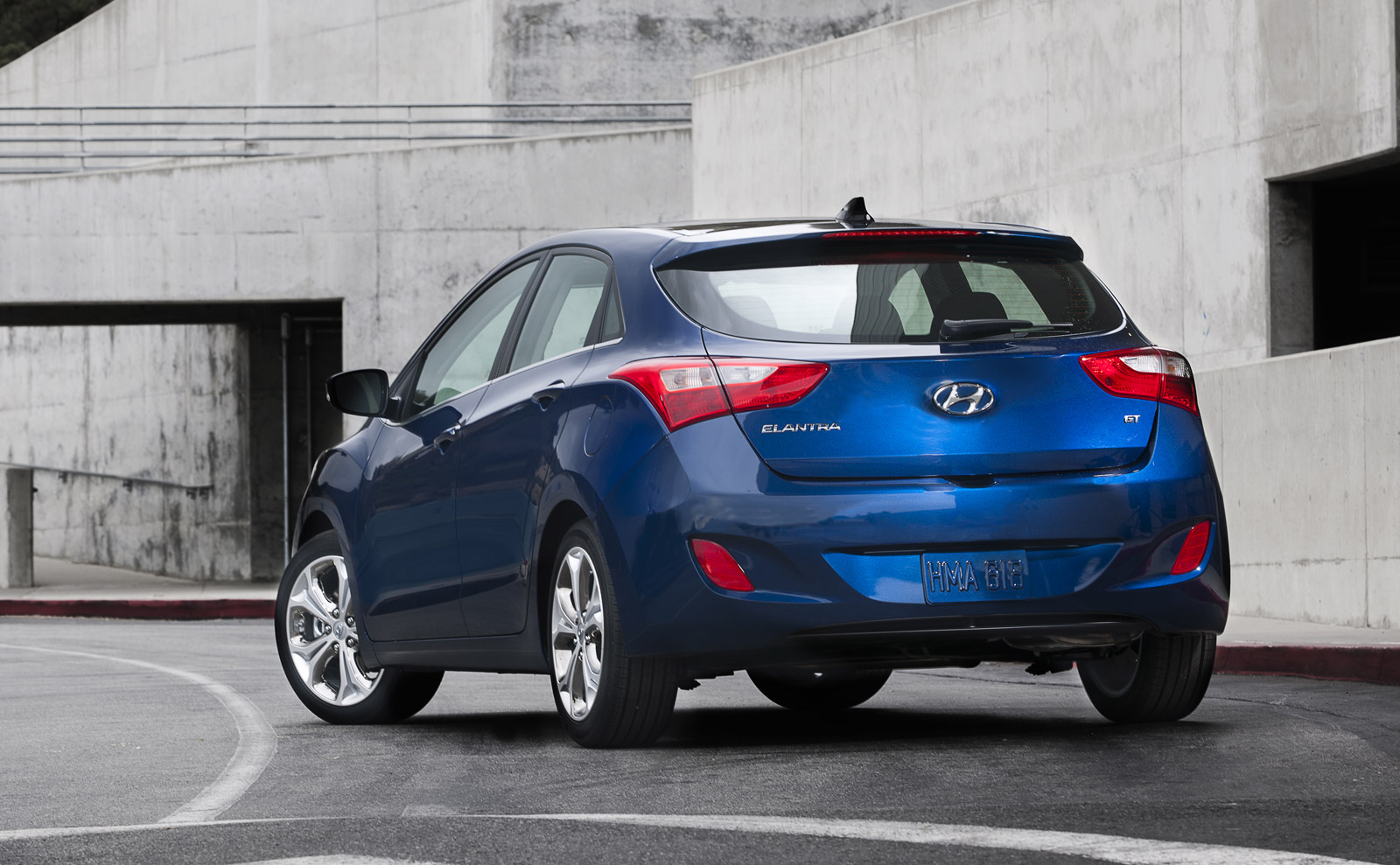
4. Hyundai Elantra GT (2013–2017)
When Hyundai launched the Elantra GT, it was clearly aiming to take on the likes of the Ford Focus and Mazda3 in the competitive hatchback market. Offering European-influenced styling, a strong warranty, and an impressive feature set for the price, the Elantra GT carved out a respectable niche.
But as more units hit the road and the mileage piled up, a recurring theme began to emerge from owner feedback: a growing rattle or squeak from the rear cargo area that often began around 10,000 miles. While minor in terms of mechanical impact, the noise quickly became a psychological irritant for drivers expecting a refined ride.
The root of the issue appears to be a combination of design choices in the cargo area. Hyundai opted for lightweight but rigid plastics for the side trim and floor panels, and these materials are prone to minor movement as the car’s suspension components begin to settle.
Some owners have traced the noise to the hatch struts or rear seatback latches, while others report issues with the tailgate interior trim itself. What makes the issue particularly frustrating is its intermittent nature—it may disappear for weeks, only to return with renewed intensity depending on road conditions and temperature.
Hyundai owners typically report mixed experiences in addressing the rattle. Some dealers attempt quick fixes, such as adjusting the rear latch tension or replacing worn clips, while others dismiss it as cosmetic.
On the enthusiast side, there’s a cottage industry of tips and tricks, including using rubber bushings to tighten panel gaps and applying sound-deadening mats under the cargo floor.
Despite these efforts, the Elantra GT remains somewhat infamous in this regard. It’s a reminder that while Hyundai has made huge strides in vehicle quality, small lapses in interior assembly can still detract from long-term satisfaction. For a car that aimed to bring value and refinement together, the persistent rear-deck rattle is an unfortunate detour.
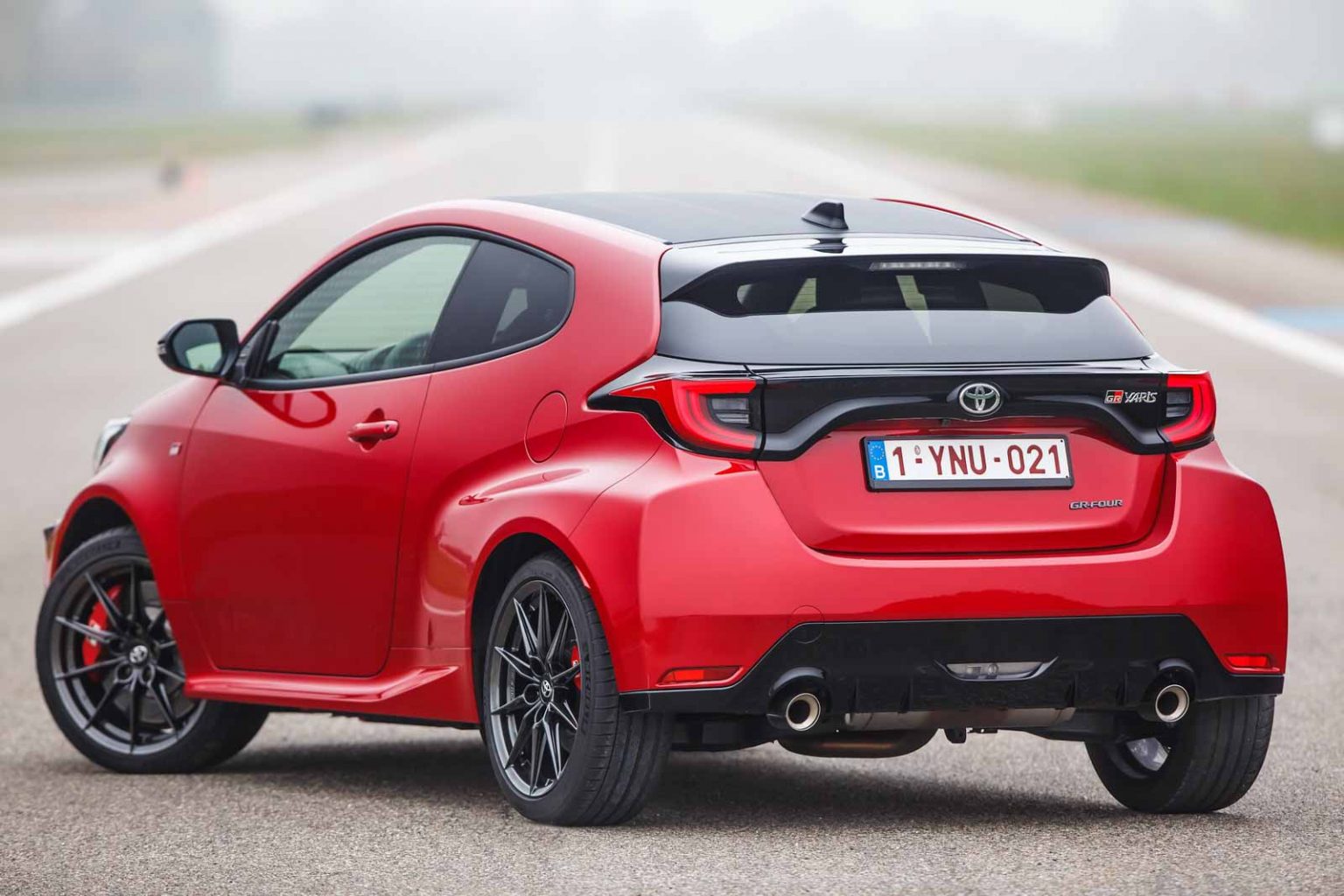
5. Toyota Yaris Hatchback (2012–2018)
The Toyota Yaris hatchback might not excite enthusiasts, but it has always stood out for one key attribute: bulletproof reliability. It’s the kind of car that runs forever, sips fuel, and asks little from its owner. However, after about 10,000 miles, a different kind of endurance test begins—this time for the driver’s patience.
A frequent complaint among owners is a persistent rattle from the rear of the cabin, most commonly when driving on less-than-perfect pavement. For a car that trades on its no-nonsense appeal, the sound quickly becomes a source of daily irritation.
The issue primarily stems from the design and materials used in the Yaris’s cargo and rear seating area. The rear seatbacks, while foldable for extra cargo capacity, often lack tight locking mechanisms and can shift slightly during transit.
This minor movement is enough to generate a dull knocking sound, which, combined with vibrations from the hard plastic rear trim panels, produces an inconsistent but ever-present rattle.
The problem is made worse by Toyota’s decision to prioritize lightness and simplicity in this model, meaning minimal sound insulation and thin trim components throughout the interior.
Unlike more premium hatchbacks, where refinement is expected, many Yaris owners accept the noise as part of the budget-car trade-off. Still, some drivers go to great lengths to eliminate the rattles, experimenting with zip ties, foam blocks, and even Velcro patches to isolate the sources of movement.
Toyota’s service departments rarely treat this as a defect, given its non-critical nature, leaving owners to troubleshoot the problem themselves. In the end, while the Yaris remains a dependable and economical option for many, its lack of interior durability undermines its potential as a quiet, comfortable commuter.
For those sensitive to noise or looking for a more serene driving experience, this hatchback’s rear-deck rattle can quickly become its most defining feature.
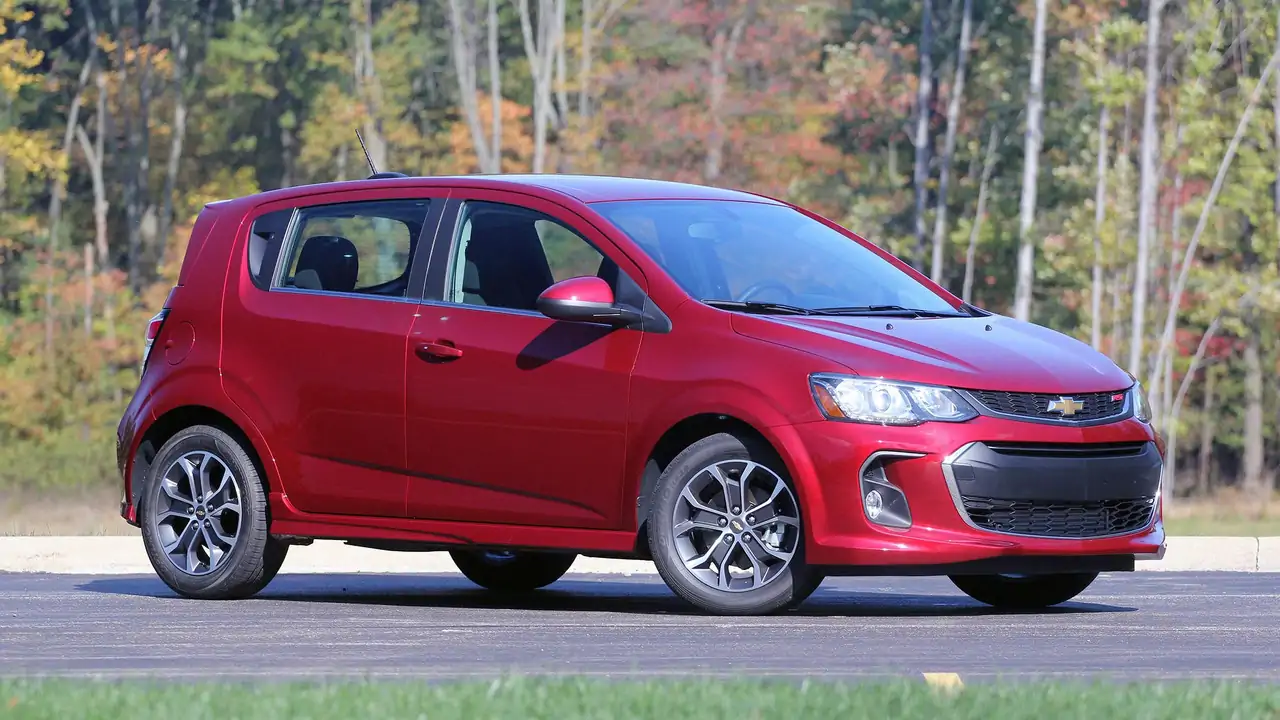
6. Chevrolet Sonic Hatchback (2012–2020)
The Chevrolet Sonic was General Motors’ response to the rise of economical, compact hatchbacks in the early 2010s. Positioned as a fun, zippy option for younger drivers, the Sonic boasted edgy styling, an available turbocharged engine, and a surprisingly roomy cabin.
It earned praise early on for being one of the few subcompacts assembled in the U.S., but long-term owners frequently report an annoying and persistent rattle developing from the rear cargo area after approximately 10,000 miles.
While this doesn’t diminish the car’s ability to perform daily driving tasks, it becomes a frustrating blemish for those who expect a consistent ride experience.
This rear-end rattle typically originates from a combination of interior elements that degrade in tightness over time. The Sonic’s trunk floor, removable side panels, and tailgate trim are all held in place with plastic clips and minimal insulation. As the vehicle’s body begins to flex with mileage and road wear, these panels can shift slightly, generating knocking or buzzing noises.
Compounding this is the stiff suspension setup that, while aiding handling, transmits more vibration into the cabin. The latch for the rear seats is also a common culprit, sometimes failing to secure tightly and causing a rhythmic clunking when driving over bumps or potholes.
Sonic owners have adopted a mix of solutions to this problem. Many have taken the DIY approach, removing panels to insert foam insulation or applying weatherstripping tape to suppress movement.
Some users even weigh down the trunk floor to limit vibration. While dealers have occasionally offered fixes under warranty, many service departments view the issue as cosmetic and therefore not subject to repair.
This leaves drivers stuck between tolerating the noise or spending time and money on aftermarket fixes. In the end, while the Sonic remains a decent value proposition, its lack of interior durability in the rear hatch area undercuts what could have been a longer-lasting impression of quality.
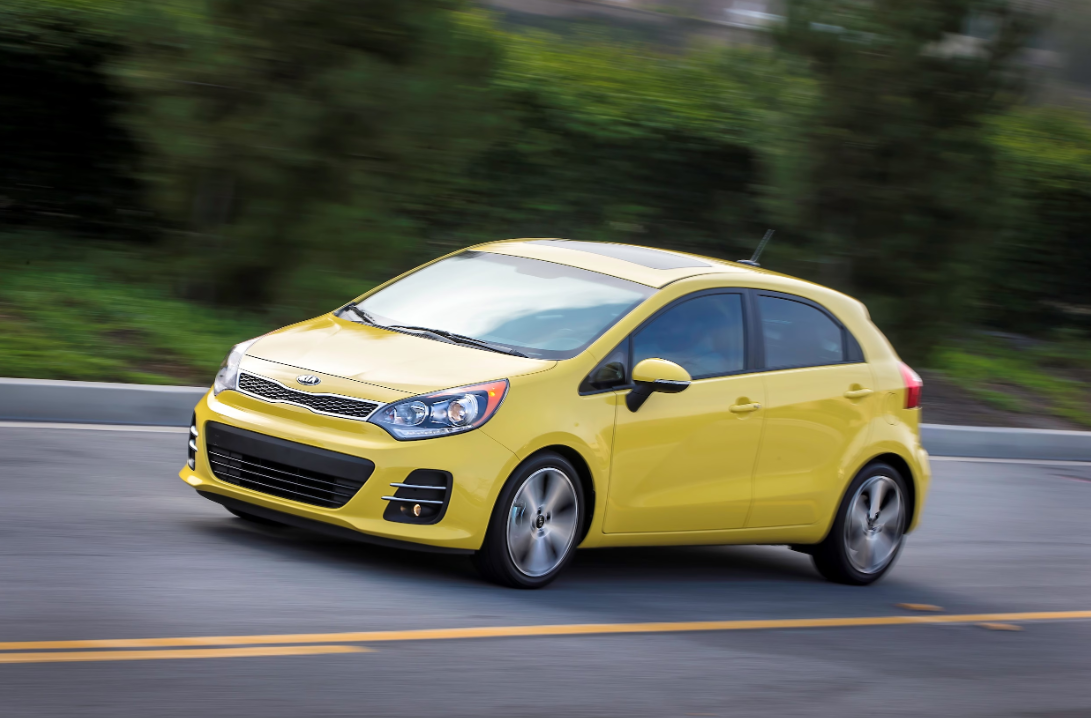
7. Kia Rio Hatchback (2012–2017)
The Kia Rio hatchback is one of those quiet achievers in the compact segment. It offers a simple, practical package for budget-conscious buyers, with decent fuel economy, straightforward tech, and a compelling price tag. However, it shares a flaw common in economy hatchbacks—an interior that doesn’t age gracefully in certain areas.
One of the most common complaints from Rio hatchback owners is the emergence of a rattling sound from the rear of the vehicle after about 10,000 to 15,000 miles. Though initially subtle, it can quickly evolve into a constant background noise on daily drives.
The source of the rattle typically traces back to the cargo area trim and the rear seatback latching system. Kia, like many automakers in this class, opted for lightweight, inexpensive materials in these areas to meet fuel efficiency and cost targets.
The rear deck often features a removable parcel shelf and large panels made of hard plastic, which over time can separate slightly from their mounting clips.
Heat expansion, vibration, and wear on internal latches can cause the panels to creak or buzz with each road imperfection. The rear seatbacks are another source of frustration, as they sometimes don’t lock into position with enough firmness to prevent minor movement while driving.
Rio owners have had to get creative to combat these persistent noises. Online forums are filled with suggestions ranging from inserting foam strips along the panel edges, tightening seatback latches, or even permanently fastening loose parts with adhesive.
Unfortunately, many service technicians do not classify these as warranty-covered defects, which forces owners to take matters into their own hands.
Though the Kia Rio is generally dependable in terms of mechanical reliability, this recurring rattle significantly diminishes the sense of build quality. It’s a reminder that even when a vehicle is priced attractively and gets you from point A to point B, small oversights in design can echo—literally—throughout the ownership experience.
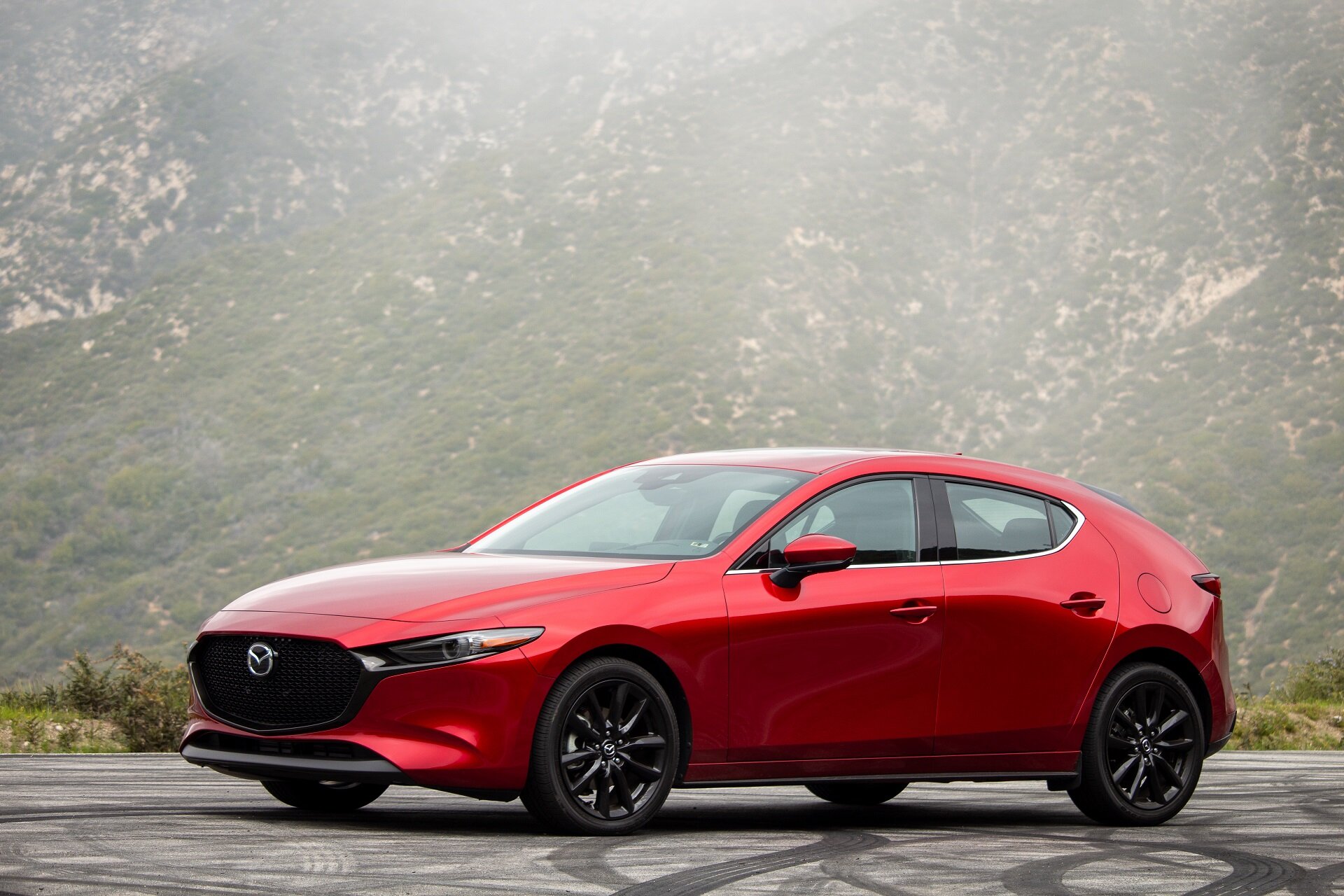
8. Mazda3 Hatchback (2014–2018)
The third-generation Mazda3 hatchback stands out in the compact class for its engaging driving dynamics, stylish design, and upscale interior compared to rivals. Often praised for feeling like a class-above experience, the Mazda3’s appeal runs deep among enthusiasts and everyday drivers alike.
However, despite its many strengths, a not-so-minor complaint has persisted among long-term owners: a rear-deck rattle that begins to develop at around 10,000 to 15,000 miles. This issue, though not universal, is common enough that it appears repeatedly in owner reviews and forum discussions.
The Mazda3’s rear cargo area features a retractable tonneau cover, hard plastic wheel arch trim, and fold-down rear seatbacks—all susceptible to noise over time. Mazda’s suspension is tuned for a sporty ride, which can amplify the amount of vibration entering the cabin.
Additionally, the hatch design’s aerodynamic rear-end sometimes creates negative pressure that causes panels to shift slightly during highway driving. The rear parcel shelf itself often vibrates against its mounting points or clips, especially when driving over gravel or poorly maintained roads.
In colder climates, these issues tend to worsen due to plastic components contracting and becoming more brittle. Mazda owners are typically detail-oriented and often proactive in dealing with these problems.
Many have had success placing small adhesive felt pads between plastic contact points or re-securing the rear seatbacks with additional cushioning to eliminate slack. Mazda has occasionally updated interior clips and parts in newer production runs, but many early owners were left to fend for themselves.
The result is a strange contrast: a car that drives with poise and confidence, undermined by a rear-end rattle that feels out of place in a vehicle so otherwise polished. While the Mazda3 remains a standout in the hatchback world, the noise from the rear deck is a persistent reminder that no car is immune to the passage of time and the wear of the road.
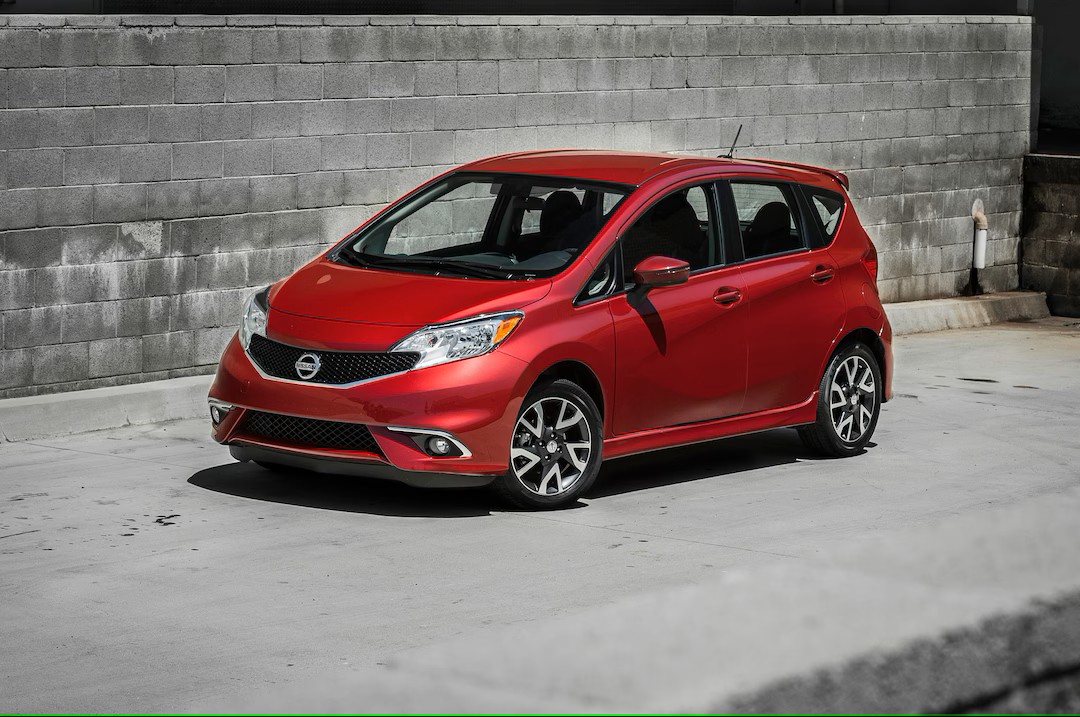
9. Nissan Versa Note (2014–2019)
The Nissan Versa Note was built with economy and utility in mind, serving as a budget-friendly hatchback with a roomy backseat and large cargo capacity. It was especially popular among first-time car buyers and those seeking low-cost commuting solutions.
While the Versa Note excels in affordability and fuel efficiency, it has gained a reputation for generating significant cabin noise over time, particularly in the form of rattles from the rear deck and cargo area starting around the 10,000-mile mark. For a vehicle meant to be simple and practical, the frequency and persistence of this issue can be surprisingly disruptive.
The root of the problem lies in the materials and build processes used in the Versa Note’s rear area. Nissan used relatively thin, molded plastic for the cargo trim and did not include much sound insulation behind the panels. The result is a structure that begins to vibrate and shift with exposure to heat, cold, and daily driving stresses.
The liftgate itself, along with the interior side trims and seatback latches, are all potential sources of vibration. Many owners also cite the retractable cargo cover as a consistent offender—it rests on plastic ledges that offer little damping, making it prone to buzzing over every bump.
Fixes for the Versa Note rattle tend to be improvised, as dealerships rarely treat them as repair-worthy defects. Owners report stuffing towels into panel gaps, using adhesive foam strips, and even using rubber bands to tighten up wobbly components. Despite these issues, the Versa Note continues to appeal to those who prioritize practicality over polish.
It’s affordable, easy to park, and cheap to maintain. Still, as drivers rack up more miles, the chorus of interior noises becomes increasingly difficult to ignore. For those who value a quiet, well-put-together interior, this budget hatchback might wear out its welcome faster than expected.
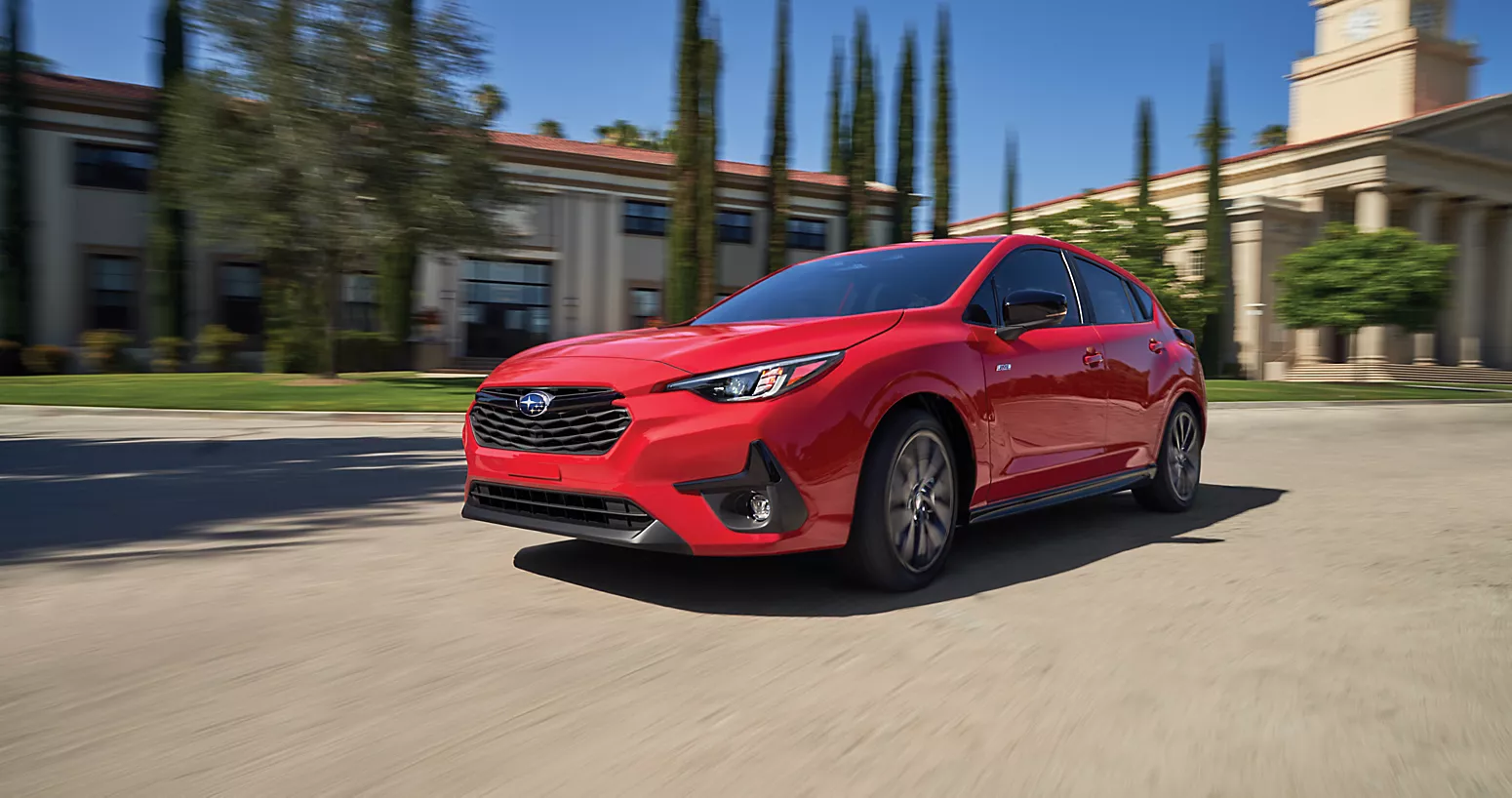
10. Subaru Impreza Hatchback (2012–2016)
The Subaru Impreza hatchback is often chosen for its standard all-wheel-drive system, generous cargo space, and reputation for safety and reliability. It serves a niche of buyers in colder climates and outdoorsy communities who need a versatile car that can handle adverse conditions.
While the Impreza excels in mechanical durability and winter traction, it has not been immune to complaints about interior quality, specifically, a recurring rattle or vibration from the rear cargo area once the vehicle crosses the 10,000 to 15,000-mile threshold. For a car marketed as rugged and practical, this problem seems oddly out of place.
Much of the noise stems from Subaru’s use of utilitarian interior materials, particularly in earlier models before their most recent design upgrades. The rear trim panels, cargo floor, and tailgate plastics tend to flex under pressure and vibration, especially on rough terrain.
This effect is intensified by the stiffer suspension Subaru uses to provide stability on uneven surfaces. The rear seat latches have also been flagged as inconsistent in quality, sometimes locking in a way that allows for just enough movement to produce noise.
In addition, the Impreza’s hatch-mounted speaker system, in models that have it, can create additional vibrations when the bass is turned up.
Impreza owners have tried many approaches to quiet the rattle, with some success. Foam insulation, trunk liners, and even strategic placement of rubber washers on latch points have been recommended by the community. Subaru service departments have occasionally addressed the issue under warranty, though outcomes vary.
Despite this flaw, many owners stick with the Impreza for its core strengths. Still, the presence of a persistent rattle, especially in a car used for road trips and outdoor adventures, can slowly erode driver satisfaction. In a vehicle that otherwise delivers on reliability and traction, this lingering sound from the rear is a constant—and unnecessary—reminder of imperfect execution.
Also Read: 5 Cars That Stay Cool Over 10 Years and 5 That Overheat
Hatchbacks are beloved for their practicality, efficiency, and versatility. They fit into urban lifestyles with ease and often offer more utility than sedans in a smaller footprint. But as we’ve seen, even the best-designed hatchbacks aren’t immune to the persistent reality of wear and tear.
The rear deck rattle, while seemingly trivial, represents more than just a noise—it reflects the long-term trade-offs between affordability, material choices, and manufacturing tolerances. When a car is new, it’s tight, silent, and composed. But after 10,000 miles and countless road imperfections, even small design flaws begin to surface, and they do so loudly.
For many owners, these rear-end rattles become a constant, nagging frustration—especially in vehicles otherwise praised for quality or refinement.
It’s one thing to expect a bit of creakiness from a budget car built to a price, but it’s quite another when a premium-feeling hatchback begins to buzz or clunk from the cargo area. What’s worse is that these sounds are notoriously difficult to locate and fix.
They often stem from a combination of panel flex, thermal expansion, weak clips, or seat latch looseness—issues that most dealership service departments consider minor or not worth addressing. That leaves the burden of resolution on the owner, whether through DIY fixes or simply tuning out the sound.
Ultimately, rear-deck rattles don’t define a car’s worth, but they do influence the ownership experience. They remind us that cars are moving ecosystems of parts and materials, constantly shifting and reacting to the stresses of daily life.
If silence and composure are high on your priority list, especially as your vehicle ages, it’s worth paying close attention to how a hatchback is constructed, not just how it drives. Because in the end, it’s not always the engine or the suspension that makes or breaks a car—it might just be the rattle behind you that refuses to stay quiet.

